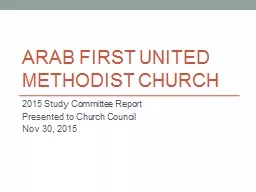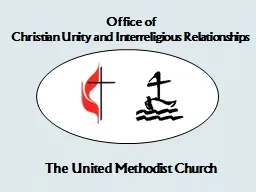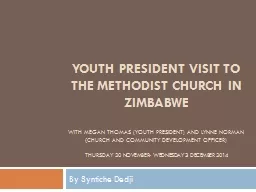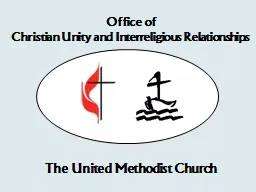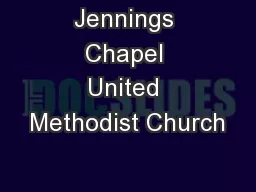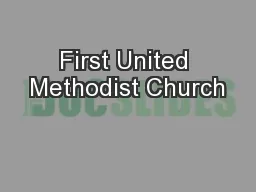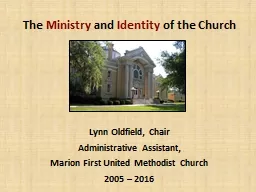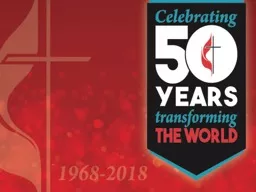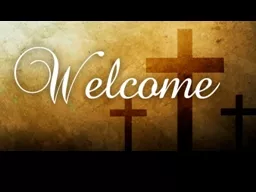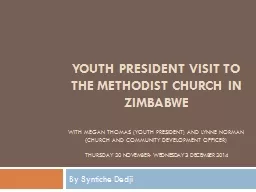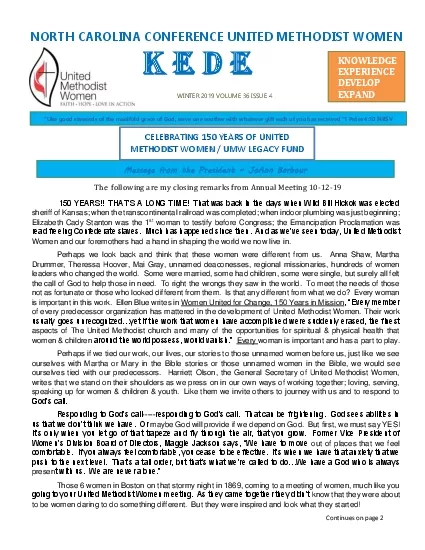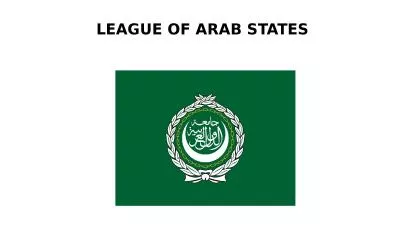PPT-Arab First United Methodist Church
Author : yoshiko-marsland | Published Date : 2016-09-14
2015 Study Committee Report Approved by Church Council Charge Conference on Nov 30 2015 Overview We are approaching a new chapter in our journey as a congregation
Presentation Embed Code
Download Presentation
Download Presentation The PPT/PDF document "Arab First United Methodist Church" is the property of its rightful owner. Permission is granted to download and print the materials on this website for personal, non-commercial use only, and to display it on your personal computer provided you do not modify the materials and that you retain all copyright notices contained in the materials. By downloading content from our website, you accept the terms of this agreement.
Arab First United Methodist Church: Transcript
Download Rules Of Document
"Arab First United Methodist Church"The content belongs to its owner. You may download and print it for personal use, without modification, and keep all copyright notices. By downloading, you agree to these terms.
Related Documents

